In Pennsylvania one of the Spring Ephemerals that blooms in early April is the Trout Lily, Erythronium americanum, which is also called Adder’s Tongue or Dogtooth Violet. Trout Lily is a better or more descriptive common name because the trout lily is a member of the Lily family, Liliaceae.
If you know traits of the Lily Family, then you’ll be able to recognize that trout lily is a lily. It’s supposedly named for blooming at the time when the trout are running, or spawning. Since April 3rd was the first day of trout fishing season here, the name trout lily might be right on.
You’ll probably first notice the foliage of the trout lily as it is visible for many weeks, yet the blossom is out for a short time, perhaps a week at the most. The flowers in these photographs, taken 8 April 2010, were gone by the 13th of April.
We found a colony of trout lilies blooming along my favorite river road. It was easy to spot their yellow flowers on the west-facing slope that overlooks the Juniata River.
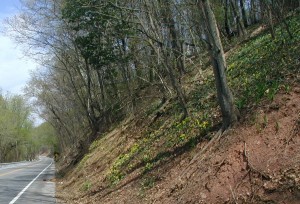
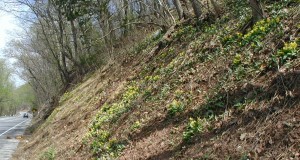

Looking up the hill at all the yellow trout lily blooms.

Flowers at the bottom of the image are just opening their bell-shaped blossom. Once open the petals flare backward exposing the bright yellow stamens.

The palmate or divided leaf on the left in the image above is a cut-leaved toothwort, which was growing in small patches among the trout lilies.
The thick, sword-like leaves of trout lily come to a point at the tip and are mottled with dark green to maroon on a light green background, or vice versa.
Found in wetland areas, natural water drainage areas next to creeks, rivers, lowlands.
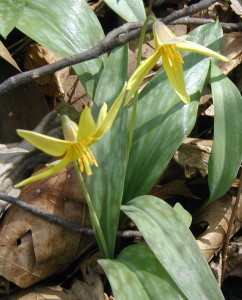
One to three lance-like leaves per bloom and sometimes you find a large number of single leaves with no blooms on this perennial spring flower. Trout lily flowers are the tallest part of the plant and they reach 8 – 10 inches tall.
The under or back side of the yellow petals is streaked with brown, and more so on the three outer petals.
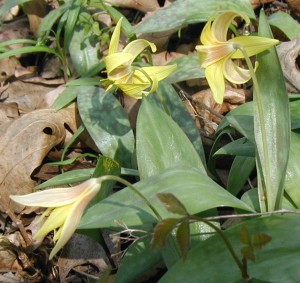
Oh, see those three little leaves in the foreground? Well, I certainly didn’t. In my enthusiasm for the opportunity to photograph these flowers I neglected to check for poison ivy, but that’s what I got! Never used to as a kid. Use caution if you’re going in the woods, no matter what time of year. All it takes is one brush with the poison ivy plant and you could be itching for a long time. Take my word for it!
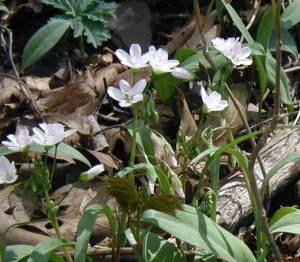
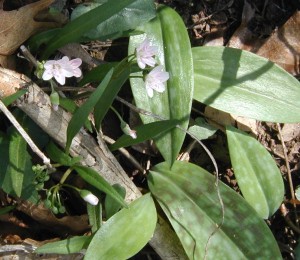
Also blooming in the same area were Spring Beauty and Cut-Leaved Toothwort.
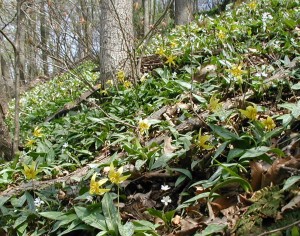
Across the road on the river side, a small patch of Virginia Bluebells, Mertensia virginica, were blooming at the base of a tree.

On the east side of the Juniata River these bluebells were blooming on the 8th of April 2010.
From what we’ve seen on the Juniata River it seems that river banks and the adjacent lands might be great places to search for spring flowers. If you can find a trail near you that runs through river side areas, take a hike and let us know what you find.
![Reblog this post [with Zemanta]](http://img.zemanta.com/reblog_e.png?x-id=180159f0-e2f9-4733-bcd5-c4d6b8c497cd)
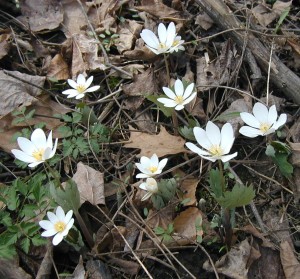
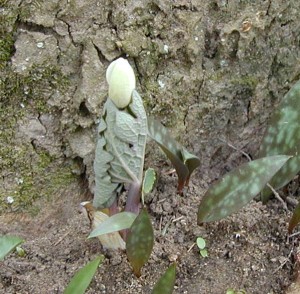
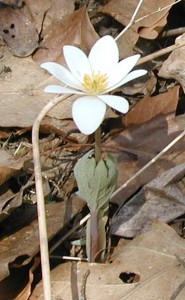
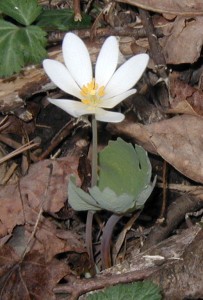
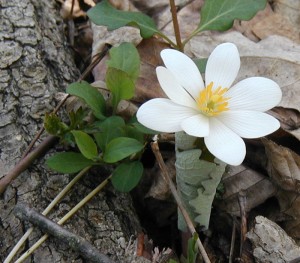
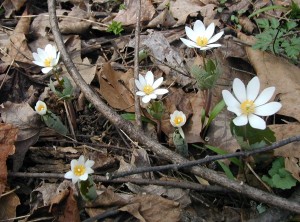
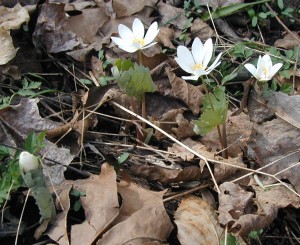
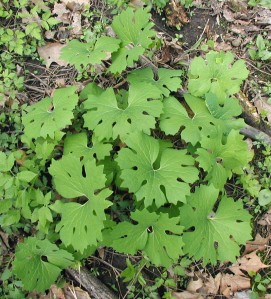
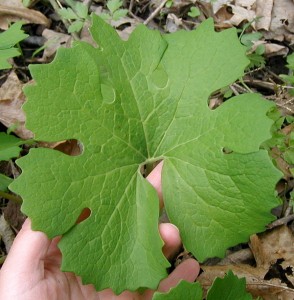
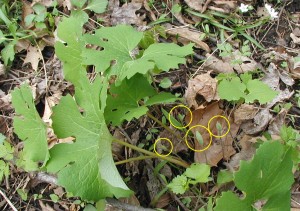
![Reblog this post [with Zemanta]](http://img.zemanta.com/reblog_e.png?x-id=68ea5c60-a1b8-4827-a7f6-8d9498ffdf09)


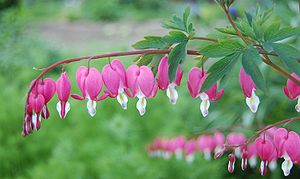
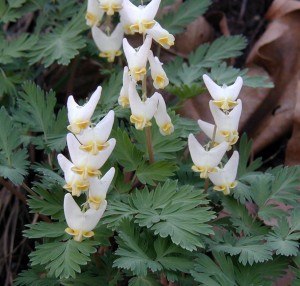
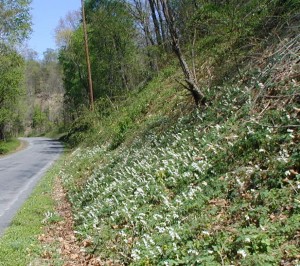
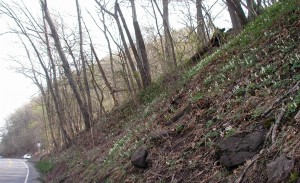
![Reblog this post [with Zemanta]](http://img.zemanta.com/reblog_e.png?x-id=eb8f2f52-274d-4047-8249-94835030b52c)
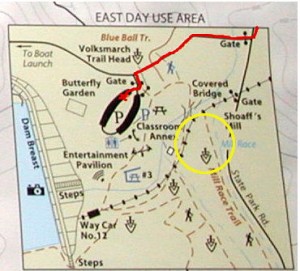
![Reblog this post [with Zemanta]](http://img.zemanta.com/reblog_e.png?x-id=b1a794b6-3587-4b7f-8965-2d73be567bac)
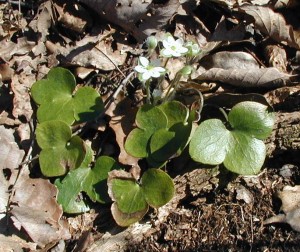
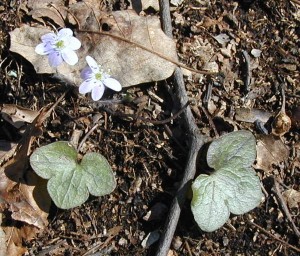
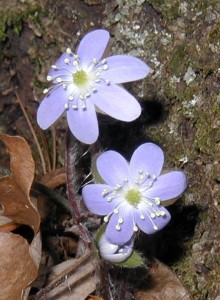
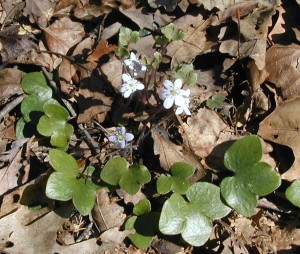
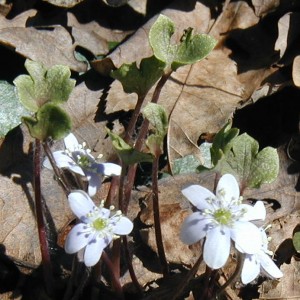
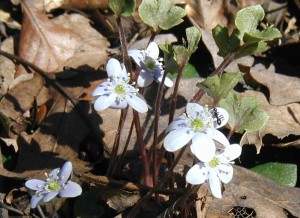
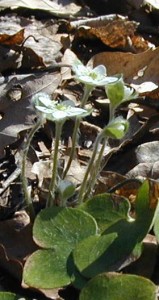
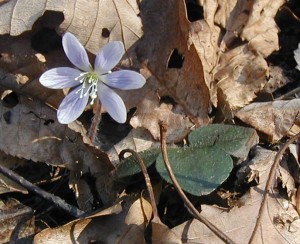
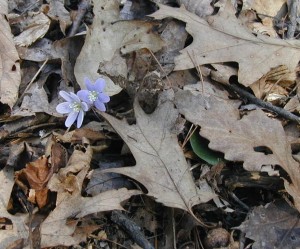
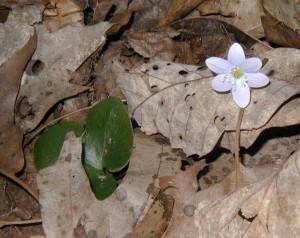
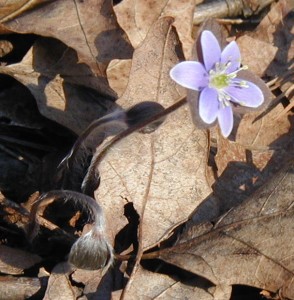
![Reblog this post [with Zemanta]](http://img.zemanta.com/reblog_e.png?x-id=ebad4a8e-16f2-472c-824a-39cb5fec68ad)
![Reblog this post [with Zemanta]](http://img.zemanta.com/reblog_e.png?x-id=cdd4da05-e4a0-4f09-8c85-68294ecf93b6)
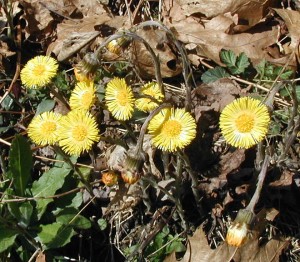
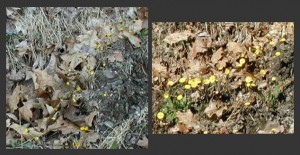
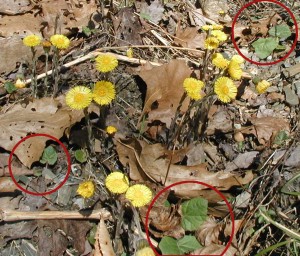
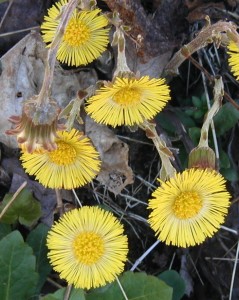
![Reblog this post [with Zemanta]](http://img.zemanta.com/reblog_e.png?x-id=f8b760a2-604b-4bc6-a265-eefc0f5281df)